Camping is a very fun activity that is enjoyed with close friends and families. While experiencing the great outdoors is an amazing experience, a camping group has to take measures to ensure protection against the elements.
This protection usually comes in the form of packing a suitable camping tent and properly setting it up.
The question that is then asked is, what should a camping group consider when choosing a camping tent size?
This article will help you get some ideas on what size of camping tents you may need.
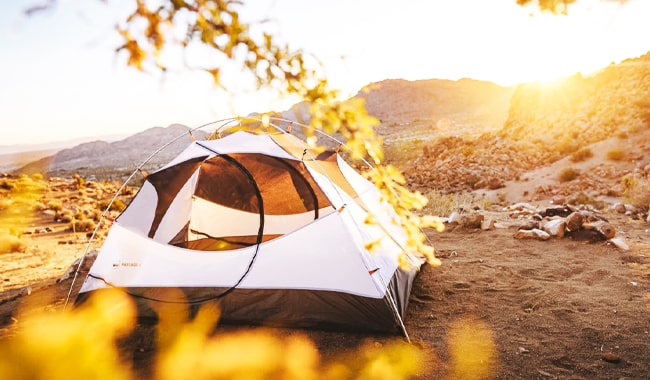
Tip 1: Get to Know What Camping Tent Sizes Are Available
Before you go on to buy a camping tent for your trip, you might want to know what’s available to you and whether it will suit your needs.
There are a few things worth considering besides knowing the standard camping tent sizes.
How to Size a Tent?
Generally speaking, for most campers, you can get a rough idea of a camping tent’s size from its sleeping capacity rating.
This rating gives you an idea of the tent floor area of that particular camping tent: the higher the rating, the greater the floor area or sleeping area of the tent.
While there are other factors to buying a comfortable tent, this is generally a good starting point.
Standard Camping Tent Sizes Chart
Tip 2: Ask Yourself Who Do You Need the Tent for
If you are planning on choosing a tent size, you should take note of the people going on the trip. The number of people going is an important thing to consider when choosing a suitable tent size.
And the sleeping capacity rating of a camping tent is calculated in a particular way.
If a camping tent says it has a sleeping capacity rating of 3 people, then it is assumed that those 3 people are sleeping side by side in sleeping bags.
For experienced campers, this isn’t much of an issue as this particular method of sleeping does well to conserve body heat.
However, if you’re taking a family, this particular way of sorting out tents is a bad idea as they’ll end up being very cramped and uncomfortable.
Tip 3: Get a Good Estimate for Family Size

Tents in most shops will display the sleeping capacity rating, and so you might end up getting a tent that ends up being uncomfortable to sleep in for the whole family.
So, you must ask yourself what size camping tent do I need?
An easy way to get a general estimate is to subtract two from the sleeping capacity rating.
Generally, you will want to start sorting for family camping trips from capacity four to eight. So, a capacity four tent will comfortably house two adult people. Similarly, a capacity six tent will house a family of four.
So, in general, you can have tents with rated capacities of two people to 10 people.
However, camping tent flooring area isn’t the only thing one should factor in when choosing an appropriate tent size. There are some more factors to consider.
How Does Height Factor into Tent Size?
Height becomes a major factor in choosing a tent size if you have to move about the tent.
You won’t always be lying down inside the tent and sometimes will end up sitting or kneeling. If the height of the tent is too low, your movement might be restricted.
A general idea of how height can correspond to freedom of movement is given below:
- Tents with a height of 1 meter are usually made just to be slept in. The height is too small to allow even one person to move about freely. These tents are easy to pack and carry, but you won’t be able to do much except sleep inside.
- Larger tents with a height of 1.2 meters allow more movement, but only if you’re teenagers or young adults. Older people will have trouble maneuvering inside or will have to crawl all the time. These types of tents are large enough so that 2 to 3 people can occupy it.
- The largest of tents have heights ranging from 1.8m to 2m. These are usually large enough for an adult to stand inside and move about. Also, these tents are very large and often start at a sleeping capacity of 8 people. So, 4 adults can comfortably fit in this tent.
As you can see, height is also another factor that goes on to determine what camping tent you will take on your trip.
It should be noted that tents with greater heights have less protection against strong winds and also take more time to set up.
Family Camping Tent Size Chart
Although it has been stated before that the size of a tent usually refers to the sleeping capacity rating, that is not always the case. It can also refer to the length of the tent walls.
Pay close attention to the number in order to understand whether it refers to sleeping capacity or length.
If it is a single-digit number with no units attached, it most likely refers to sleeping capacity. Usually, sleeping capacity is written after the tent model.
If the number has a decimal part or has a unit of length attached, then it probably refers to the length of the wall.
In some cases, you might notice several digits. If there are 4 digits, the first 2 digits usually refer to the length of the wall, and the last 2 refer to the breadth of the wall.
Tip 5: The Shape of the Tent Floor
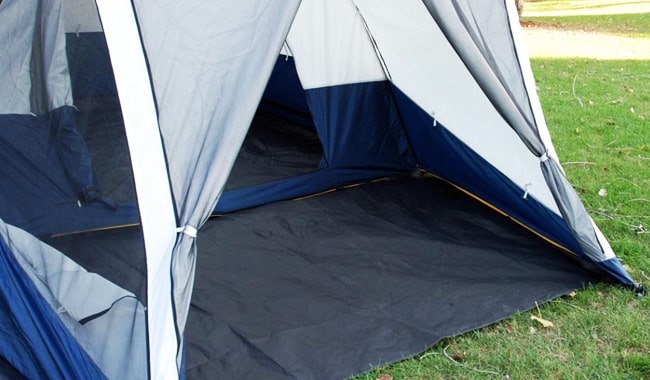
While a tent with a 6-sided floor might seem more spacious than a tent with a square-shaped floor, that is not the case. You should keep a lookout for what shape the floor is.
The floor having more sides will generally lead to more difficulty in sleeping or lying down.
It is generally much easier to arrange sleeping bags or just allocate space in square or rectangle-shaped floors.
Also, tent pads are generally square-shaped, so a square-shaped tent floor will maximize the area in contact with the tent pad, and thus, your tent will automatically appear bigger and more spacious.
Tip 6: Test the Tent out
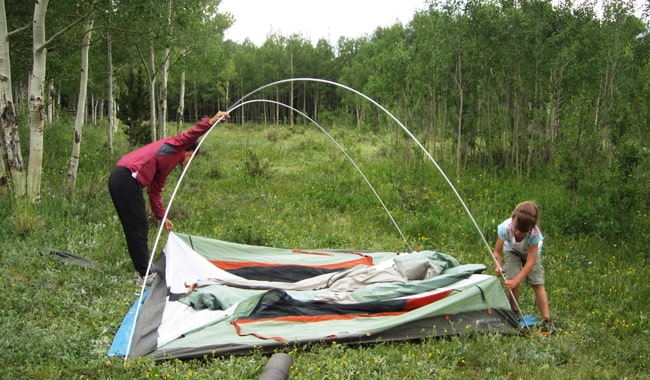
It goes without saying that if you can test a tent out before buying, do it.
It is extremely helpful and will save you a lot of trouble in the future. Enter inside the tent and move about it. Sit down and stand up to get a good idea of whether you’ll be comfortable inside the tent.
You should also have your camp mates try it alongside you to check if the tent will easily hold all of you.
In general, if you can, get as thorough an inspection as you can as it will prevent issues in the future and save you from a lot of trouble and pain when camping.
All in All
Hopefully, now you have a good grasp on how to choose the appropriate camping tent size.
Remember that it’s not always apparent which tent is the best for your trip, but if you spend some time thoroughly going through the selection, you’ll end up enjoying your camping trips a whole lot more. Happy camping!

13 Basic Camping Skills You Should Have for Camping
In movies, camping looks easy. People sit under the stars, roast marshmallows in the campfire, tell each other horror stories, and sleep in tents. However,

11 Types of Camping You Can Do!
Camping is an amazing and adventurous way to revitalize your energy levels without busting the bank. Bringing you closer to nature, this hobby can also

17 Types of Tents Explained in Details
You need a lot of things when you go for outdoor camping. But the first thing you need is a quality tent. But there are

The Ultimate Camping Checklist Made for You
Whether you’re camping away for the first time or you’ve got some past camping experience, a camping checklist is your sure bet for a hassle-free,
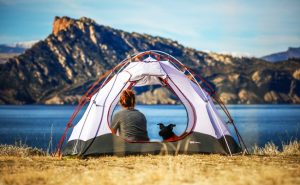
Camping Tips for Women – Practical Guide for Girls
Surmounting steep roads to be greeted by a magnificent view, sleeping under the bright starry night, and being one with nature are just a few
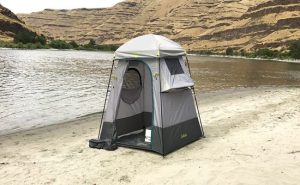
Top 10 Best Portable Camping Toilets Review
A camping toilet is one which is mobile and can be moved from one location to another. Now, it would be unwise to search for


